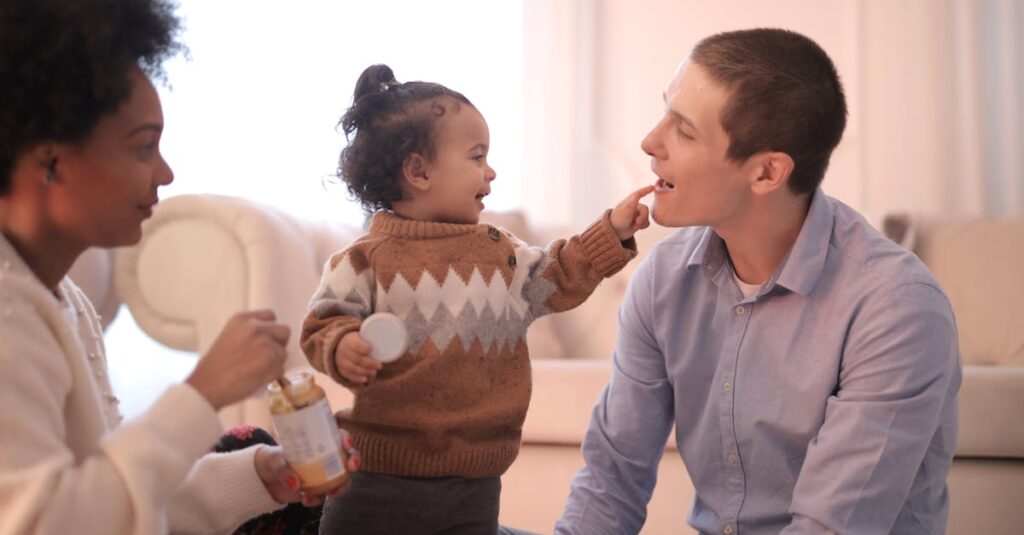Understanding Overstimulation
Ever felt like a toddler is a blender without a lid? That’s overstimulation in action! It’s when your tot’s tiny brain is bombarded with too much information. Bright lights, loud noises, or even a room full of toys can send them into overdrive.
Understanding what overstimulation is can help you spot the symptoms. Overstimulation in toddlers can lead to anxiety, irritability, or – the dreaded – meltdowns. Recognizing when your child is overwhelmed is crucial for tackling the issue at its root.
Common Triggers for Overstimulation
Your toddler might seem like an unstoppable ball of energy, but even they have limits. Common overstimulation triggers include:
- Crowded places like malls or birthday parties
- Loud noises from the TV or vacuum cleaner
- Too many toys scattered around
Think about holidays; they’re a hotbed for overstimulating activities! Understanding these triggers can help you pre-emptively avoid them. Limiting exposure to these stimuli can keep your tot from morphing into a mini tornado of tears and tantrums.
Recognizing the Early Signs
Spotting the signs of overstimulation early is your secret weapon. Look out for:
- fussiness
- restlessness
- crying
- whining
More specific signals include your toddler:
- rubbing their eyes
- covering their ears
- clinging desperately to you
Prolonged symptoms may lead to meltdowns or even trouble sleeping later. Recognizing these early signs lets you intervene before things go south. Watch your kiddo closely; sometimes, a five-minute break can save you a lot of trouble later.
Practical Tips to Manage Overstimulation
When you spot the early signs, acting fast is key. Create a low-stimulation space at home with dim lights and soft music. Encourage calming activities like coloring or reading stories. Consider using noise-canceling headphones if the environment is particularly loud. Taking regular breaks during stimulating activities can help too. These practical tips can help you manage overstimulation efficiently, making life smoother for both you and your little one.
Dealing with Meltdowns
Sometimes, despite your best efforts, a meltdown is inevitable. When it happens, stay calm and provide comfort. Remove your child from the stimulating environment and offer a quiet, safe space for them to calm down. Use soothing words and gentle touches. After the storm passes, discuss what happened in simple terms they can understand. This helps them recognize their own limits and reactions. Remember, meltdowns are a normal part of growing up and learning to cope with the world around them.
Seeking Professional Help
If meltdowns happen frequently despite your best efforts, it might be time to seek professional help. A pediatrician or child psychologist can offer insights specific to your child’s needs. They can help identify any underlying issues and create a tailored plan to manage overstimulation. Remember, seeking help is a sign of proactive parenting, not failure. Providing your toddler with the right support ensures their healthy emotional development.

